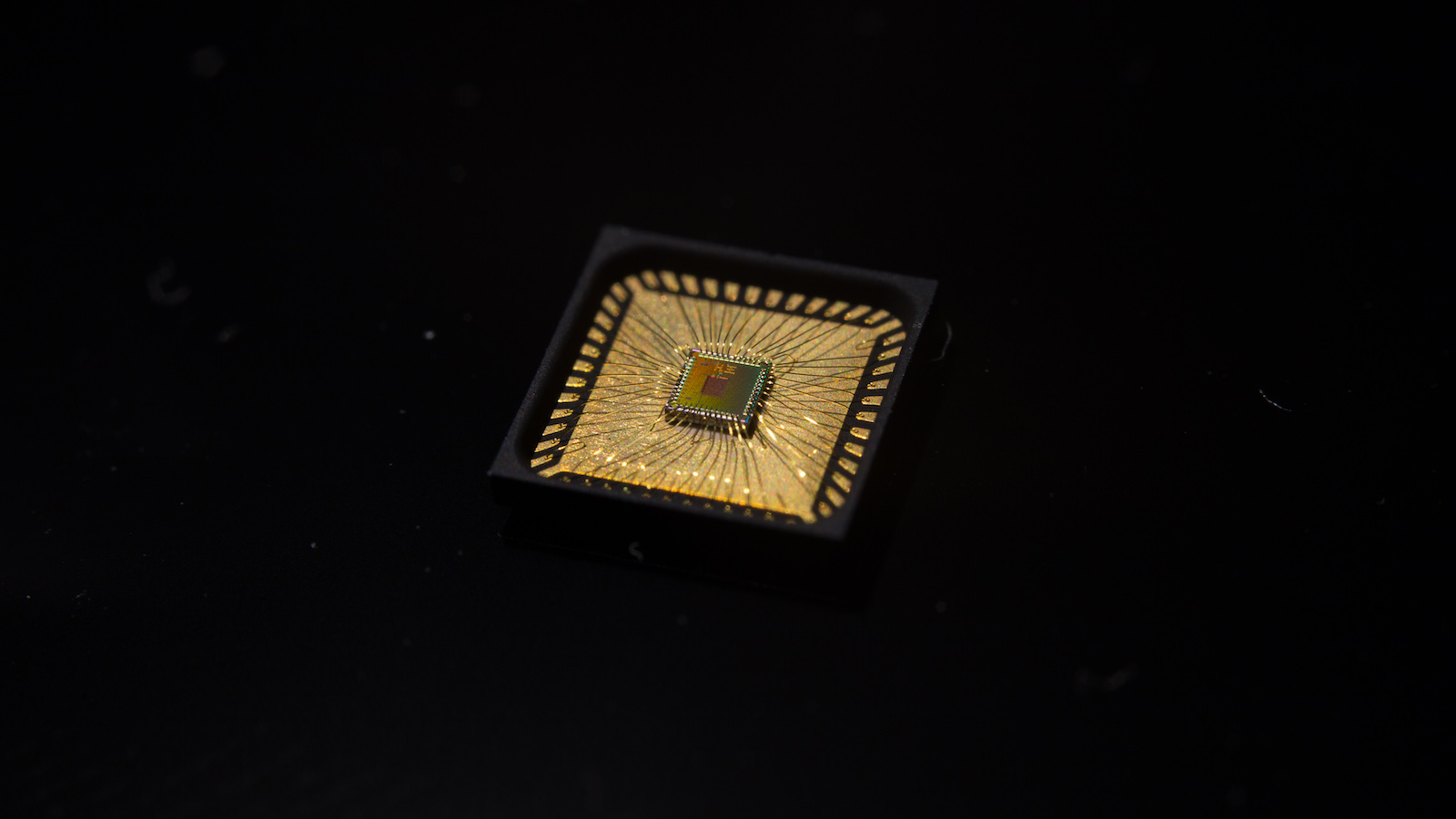
We know you've got questions, and if you're brave enough to ask the world for answers, here's the outlet to do so. This week's Ask Engadget inquiry is coming to us from Is from Martin, who is looking for a hyper-efficient media streamer for his retro caravan. If you're looking to send in an inquiry of your own, drop us a line at ask [at] engadget [dawt] com.
"My partner and I are renovating a small '70s caravan and would like a power-efficient media center/PC purely to watch our library of movies and TV shows. We're in Australia, so getting hold of kit like the Raspberry Pi would be difficult, we're looking for something that's equally power efficient, even up to $300 AUD (around $310 USD). Cheers!""
That's this week's challenge, Engadgeteers -- do you feel up for it? Can you help our southern hemisphere friends find a power-efficient HTPC for under $310 that won't drain a retro-caravan's batteries? Can we help these people turn the temporary home into a rockin' media-streamin' paradise? Hit us up in the comments if you've got some expertise to share.
Ask Engadget: Best sub-$310 power-efficient HTPC for a caravan? originally appeared on Engadget on Sat, 07 Jul 2012 22:59:00 EDT. Please see our terms for use of feeds.
Permalink | |
Email this |
Comments
 Researchers at UC San Diego have developed a temperature sensor that runs on tiny amounts of power -- just 113 picowatts, around 10 billion times less power than a watt. The sensor was described in a study recently published in Scientific Reports. "W...
Researchers at UC San Diego have developed a temperature sensor that runs on tiny amounts of power -- just 113 picowatts, around 10 billion times less power than a watt. The sensor was described in a study recently published in Scientific Reports. "W...
 Researchers at UC San Diego have developed a temperature sensor that runs on tiny amounts of power -- just 113 picowatts, around 10 billion times less power than a watt. The sensor was described in a study recently published in Scientific Reports. "W...
Researchers at UC San Diego have developed a temperature sensor that runs on tiny amounts of power -- just 113 picowatts, around 10 billion times less power than a watt. The sensor was described in a study recently published in Scientific Reports. "W...









